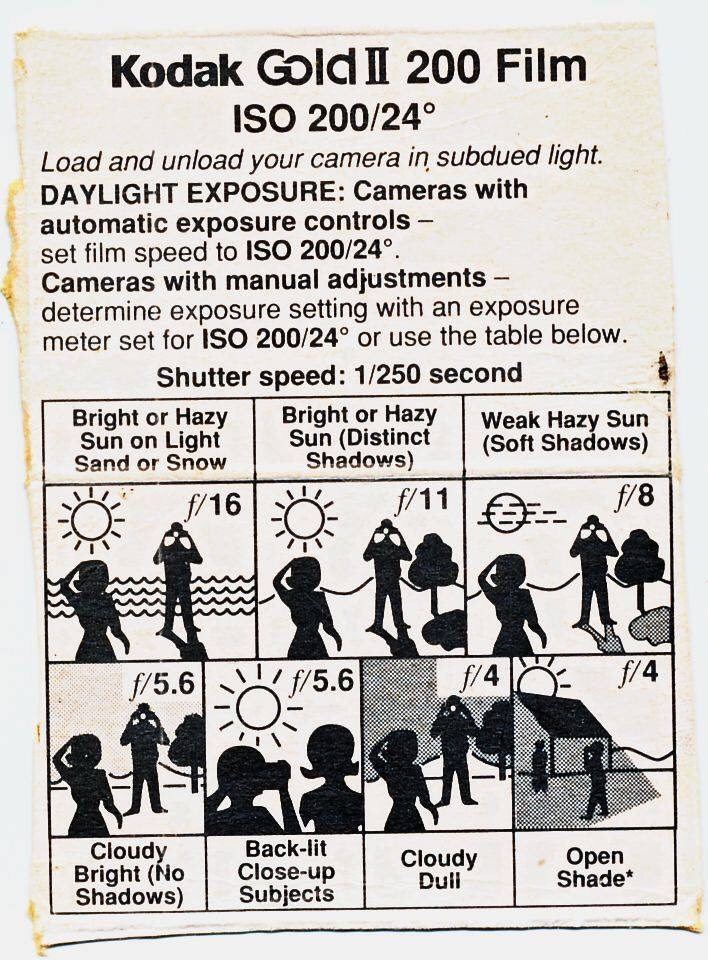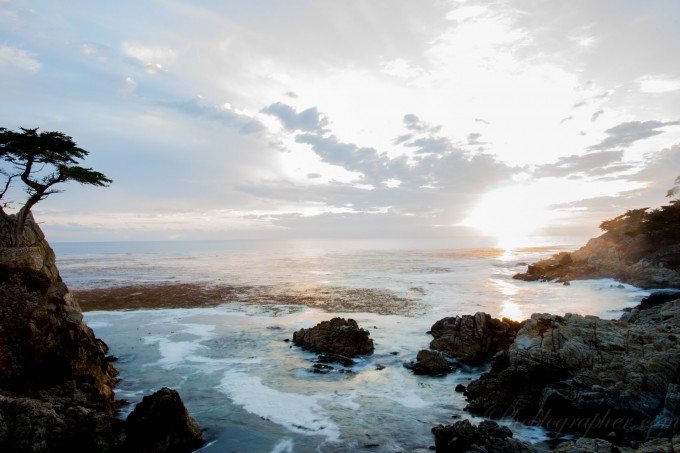Last Updated on 02/01/2016 by Chris Gampat
Years ago, photographers used to shoot without light meters. The way they did it: they used the Sunny 16 method. With this method, they were simply able to look at a scene, judge the light amount and use math to figure out how they got their exposures.
Kodak’s old boxes showed quick tutorials like the one in the image above for the otherwise unenlightened film shooters. The basic idea is that in very bright, clear sunlight you’ll be shooting at f16 and whatever the reciprocal is of your film’s ISO. So that means that at f16 in said setting, you’ll be shooting at 1/100th if you’ve got ISO 100 film loaded in. The reason why this graph says to shoot at 1/250th is because many cameras back then didn’t shoot at 1/200th. Instead, they shot in full stops.
If you’re a New Yorker that shoots in the subways often, you know from the Sunny 16 rule that the golden exposure is around 1/60th f1.4 and ISO 400. The reason why is because the light is so low. Of course, in that case you’re dealing with an indoor structure and f4 won’t work.
So how does this apply to today’s world? Knowledge of how to do this will help you to not only get the image you want faster and in one shot (maybe three), but it also helps you to figure out how standard metering will work against your camera’s light meter. Digital cameras don’t always adhere to the Sunny 16 methods, and with that in mind you’ll be able to judge what the exposure you want (instead of what the light meter thinks you want) and finally get your intended image.
Give it a try this weekend.



